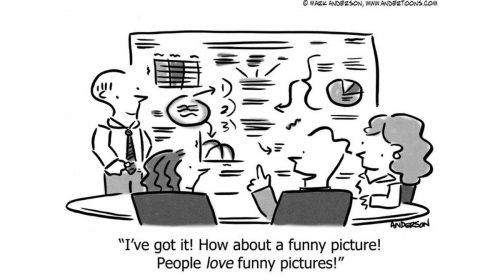Inference
As we endeavor to make sense of the world we live in, we make inferences all the time. Sometimes the process is conscious and other times our subconscious takes control. We read more into what we can see, hear, touch, taste and smell than what is actually there; the process of inference helps us take these inputs and assimilate them into broader meaning. It can also help keep us safe and help us make a deal.
So what, you say? Why should I give inference a second thought? I’ll suggest that you should because to do otherwise is to put yourself at risk of drawing conclusions based upon flawed data points. I’ll offer a more specific and practical example, based upon the typical customer survey process.
Customer surveys are potentially powerful tools for hearing “the voice of the customer”. Yet many companies first ask vague questions and then infer insights based upon limited feedback, if they study results at all. There is a great deal of conflicting information out there, upon which you can infer what constitutes a credible response rate. General thoughts are that internal surveys generate higher rates and external ones lower rates, but most “experts” would say that a response rate of 30% in a B2B environment is in line with, or even better than, expectations. They might even say that inference can be made to the broader population based upon those results. Perhaps…
In my view, however, if your company wants to make a meaningful inference regarding how clients really feel, it takes more than 30% to get there. Why do I think that, since statistically that might be just enough? It’s because, at 30%, that means 70% of your customers don’t care enough to really tell you how you are doing. And they are ripe for defection as as result. I like better odds than that.
If you want to know how you’re doing, ask your customers. But don’t make the inference that 30% speaks for all of them.
Tempus Maximize!








2 Comments
Leave a Reply
Addy
7 years agoThis was a very interesting read! Thanks for sharing and please keep up the writing! We always look forward to your posts.
-Rob and Addy
Bill
7 years agoThank you both for your caring and comments.